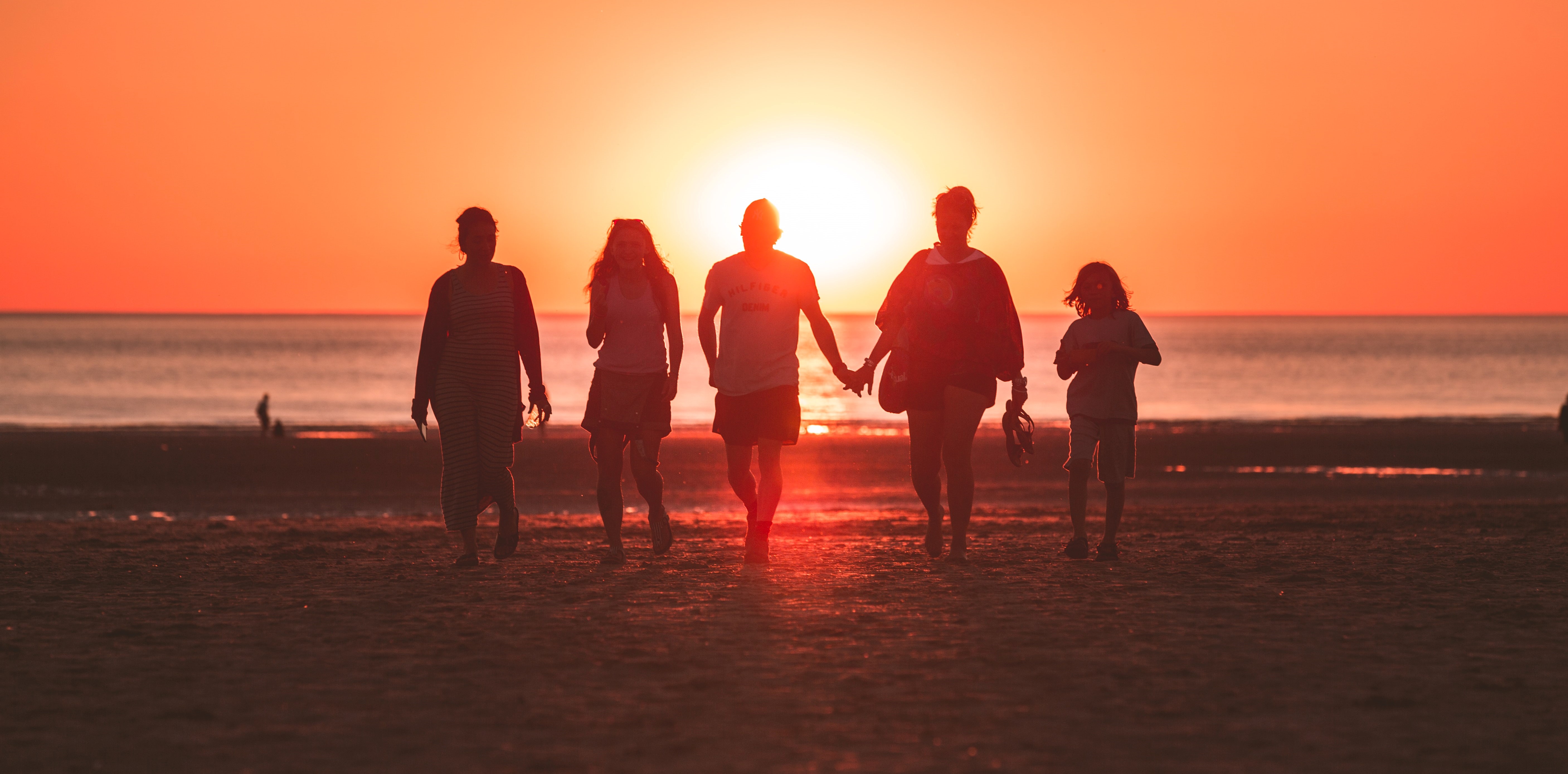
by rossanahead | Mar 18, 2011 | Education, Gina Abuyuan, parenting, woman
By Gina Abuyuan
Previously, I mentioned the amount of parent involvement non-traditional schools may require—self-imposed field trips, for once, have been de rigueur for me since my twins started a blended school program. But even if you don’t feel obliged to organize little jaunts for you and your kids, taking a simple trip to a restaurant (and I’m not talking the usual fastfood joint), or a much bigger production such as an out-of-town weekender, can still be both education and not just fun.
Now that summer’s here, you can have more reasons to make every moment a moment of learning for your kids. It’s not difficult—all it takes is a little effort, time, money (but not so much as you would spend going to, say, Boracay), and the readiness to venture beyond the comfort zones of the malls.
Here are some suggestions:
* North of Manila, try Bulacan. In Plaridel, there is the memorial to Juan Evangelista, Pablo Maniquiz, and other Filipino revolutionaries that resisted the U.S. army that annexed the Philippines a century and a decade ago. This is a favorite of author Red Constantino and wife, Kala, and their kids Rio, 12, and Luna, 10. A history essayist, he’s big on historical sites, especially those that celebrate national pride. He also suggests Malolos, which has the Barasoain Church. Malolos also has Casa Real, which houses the printing press that published revolutionary papers during the days of the Philippine Republic. You can also visit the Bautista home on Kamestisuhan Street, a grand old house built during the Spanish period.
(Within Manila, there is Casa Manila in Intramuros, where I took my own kids, where I spoke myself harsh reading the markers to my seven-year-old twin boys, and encouraging them to imagine how life might have been like in those times.)
* Bulacan also has Biak na Bato National Park in San Miguel and the historic Real de Cacarong in Pandi.
* Southbound, try the Viaje del Sol route (viajedelsol.org, a tour that covers Laguna, Quezon, and Batangas). You can cover Ugu Bigyan’s pottery studio and garden (although if you have rambunctious, hard-to-handle kids, you might want to skip this) or go to Café San Luis at the foot of Mt. Banahaw for trekking, a visit to the waterfalls, and coffee. You can spend the night in either of those places or drive back towards Laguna and check in at Casa San Pablo (casasanpablo.com), run by the genteel Alcantara family.
* Liliw, Laguna is only an hour away. If you’re churchgoers, you can hear mass at its great old church or go shoe-shopping. Everything is priced rock-bottom and made well. I once bought a pair of slippers there that were pretty enough to wear to a beach wedding, and they lasted me a couple of years.
* Closer to Manila is Pinto Museum in Antipolo (formerly Pinto Gallery, a beautiful place and collection of artwork lovingly put together by renowned patron Dr. Joven Cuanang). As with all museums, noise and boisterous play is discouraged, so brief your kids first before entering.
As I said, anything can be a learning experience for kids, particularly a trip to an art gallery. The Pinto Museum presents talking points about art of all kinds—installation, sculpture, modern, mixed media. Allow them to be slightly creeped-out by the antique wooden icons in the small chapel; overwhelmed by those in the big works gallery (built around equally-gigantic stumps of ancient boulders); and question Elmer Borlongan’s take on the human figure.
* You can also try Seven Suites Hotel and Observatory in Hollywood Hills, Sumulong Highway, Antipolo. Its resident astronomer, Ramon Acevedo, is eager to teach and talk to kids about the stars and planets, and there’s nothing that gets him sadder than seeing cloudy skies and kids’ faces fall when they’re told the giant telescope won’t work under zero visibility.
I guess the important thing for parents to remember is that no matter where you go—your favorite mall, your own garden, Disneyland, the beach—show interest so they too, will gain interest. Keep judgments and biases to yourself; allow them to express their own opinions. Let the conversation and questions flow. I guarantee you, the fun and learning experience will be shared by both you AND your kids!
Photo by Kevin Delvecchio on Unsplash
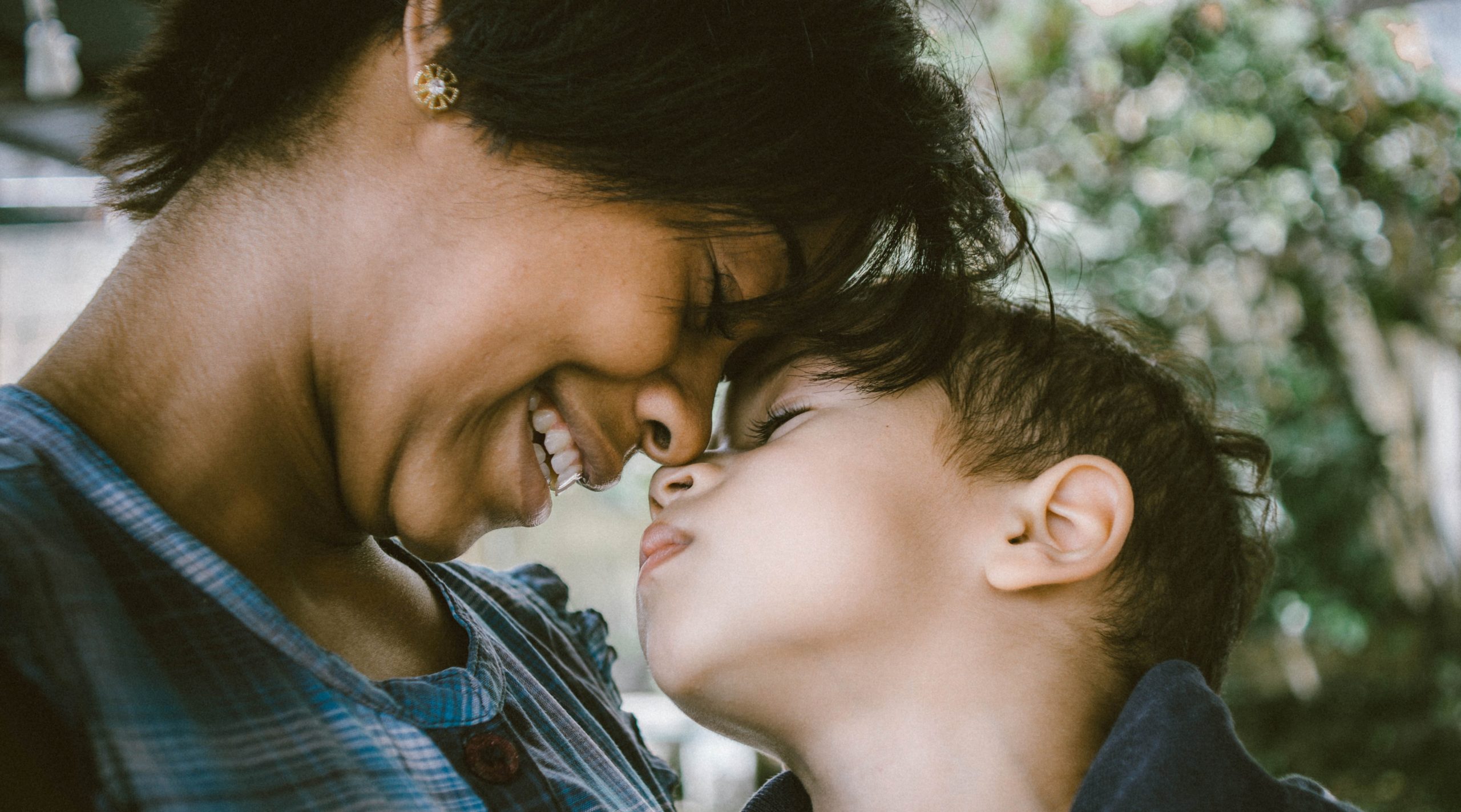
by rossanahead | Mar 17, 2011 | career, parenting, woman
By Bubbles Salvador
Without blinking, I decided to quit my full-time job two months after I had a baby. In my pre-mommy life, I wouldn’t have known what to do with all that free time – and all that free space in my bank account.
I delivered via C-section, but on my second day at the hospital, I was working at my computer, finishing an article that wasn’t due for days. I figured, I could do this.
And so I became a stay-at-home mom. I got some freelance writing work done while the baby napped (oh, how I loved those long afternoon naps!). I figured, I could do this.
Then the baby grew. Now a demanding toddler, Luis is always asking me to “Look, Mommy!” and wouldn’t stop until I actually do. “Patingin!” he would say, trying to grab the phone while I try to send a text message. Can I still do this?
Today, I am still a part-time writer, full-time mom. But there are days I work a full day at an office, and I can’t deny that sometimes I appreciate the peace and quiet. I find myself more productive when I am able to fully concentrate on my work, without having to worry about things like Luis bumping his head the minute I take my eyes off him.
I completely respect working mothers who are able to make time for their family. I wonder if someday, I can do the same. But for now, I still like being able to spend lazy mornings in bed with Luis, taking him out to buy taho from our suki, and taking long walks after his afternoon nap.
The writing can wait. I can do this!
Photo by Bruno Nascimento on Unsplash
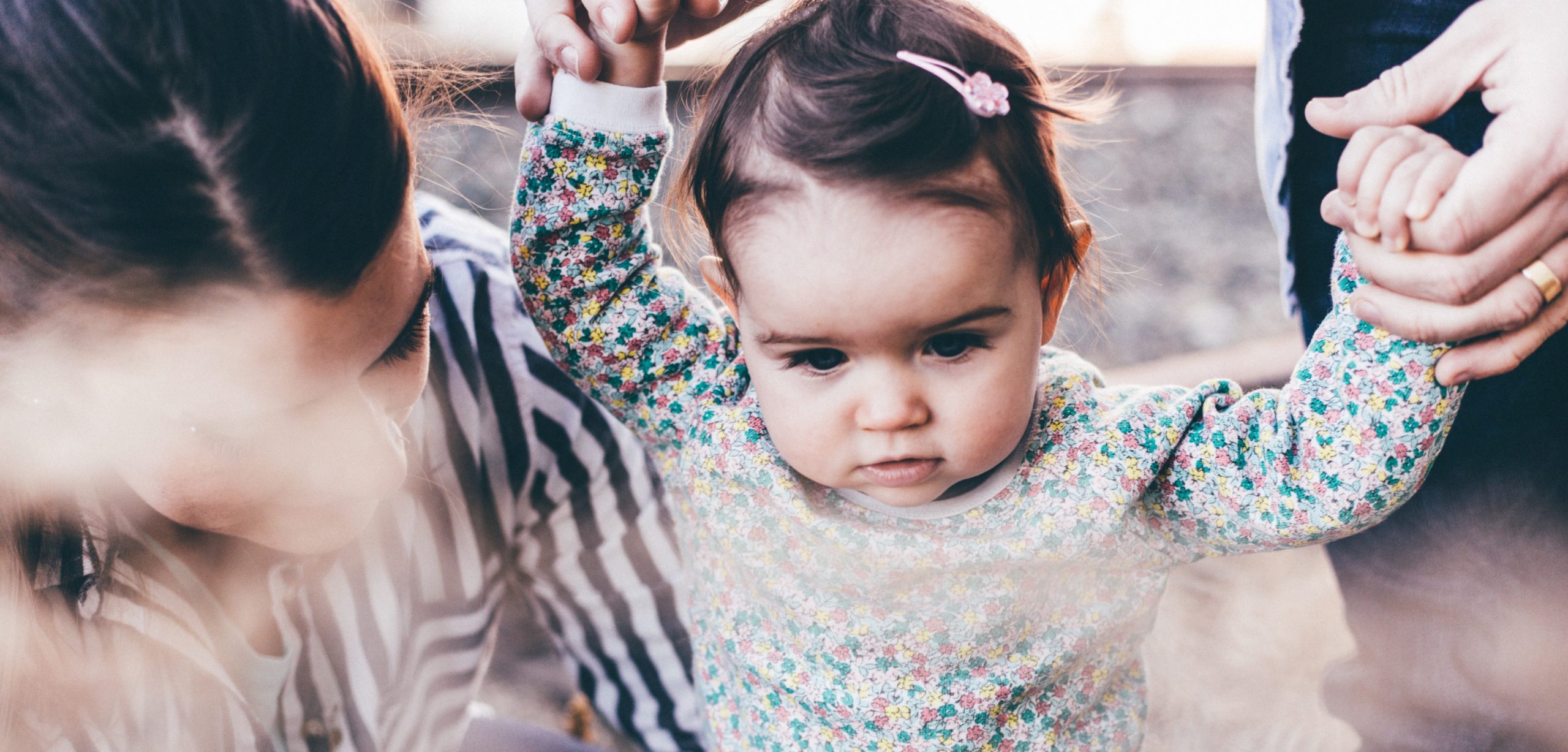
by rossanahead | Mar 16, 2011 | grandparenting, Jing Lejano, parenting, woman
By Jing Lejano
At 43, I never thought that I’ll be singing ABCs, reciting 123s, and wondering what all those twinkling stars are doing tonight. But here I am doing nursery whatnots 13 years after my youngest son was born.
I was already on teen mode.
I am way past the sleep-deprived mommy phase of the baby years when you can’t get four straight hours of sleep because your little one is hungry—again. Today, my kids would eat just about anything. And fortunately for me, they know their way around the kitchen. No need for mommy to get up early in the morning to make breakfast.
I am past all the angst and agony of separation anxiety when your preschooler grabs your knee every time you step out the door. Today, my kids are all too happy when I have to go out of town. If I’m gone for just two days in fact, they’d even ask, “Back so soon?” Those rascals!
I am past the stage where I worry about meeting development milestones, height averages, and weight standards. Today, my kids are healthy and strong. And my boys are all taller than me—which doesn’t mean I can’t raise my voice and stand my ground when they don’t come home on time or they don’t wash the dishes when it’s their turn.
And so, when I became a grandmother at 41, I had this very scary nightmare that I’d have to go through all those things again. I actually lost sleep thinking I might not get enough sleep—again.
I needn’t have worried. My daughter is a good mother, and she’s an even better daughter because she didn’t ask her mother to do the mothering for her.
What I like best about being a Lula at 43 is that I get to do the fun part of mothering. Sophie and I eat ice cream, sing with Barney, and dance to Sheryl Crow. In the mornings, she greets me with a big fat kiss. In the afternoons, we cuddle up on the couch, watching Mickey Mouse. In the evenings, we play ball under the moonlight. I have so many other things that I want to do with her, so many things I want to teach her. I can’t wait!
Photo by Priscilla Du Preez on Unsplash

by rossanahead | Mar 15, 2011 | Education, Mari-an Santos, woman
By Mari-An C. Santos
A year ago, when anyone asked me what my sport was, I had to stop and think, then say quite sheepishly: “I know how to swim and bike. I sometimes trek up mountains but nothing regular. Yoga isn’t a sport, is it?”
Nine months ago, three friends and I dared to enter the world of kickboxing. We thought that we were just going to bob up and down to upbeat music while simulating kicks and punches like a montage from a movie. And so we readily agreed.
At the gym, we punched, kicked, and hit the air with our elbows and knees. The result was a lot of huffing and puffing and begging, neigh pleading, for water breaks. But we were determined not to throw in the towel. An hour and a half later, we were actually filling out membership forms. Was it peer pressure? Overdose of happy hormones? Who knows? We were actually signing up for more torture, I mean, lessons.
The four of us made up the “girls class.” We moaned and groaned and complained but we always finished the class anyway. We invited more friends and our little band increased.
When I went to Thailand last year, Ricky, the gym owner, referred me to a friend who he had met when he competed in Muay Thai there. Believe it or not, I underwent Muay Thai training in the land of its birth—twice.
A lot has changed since then. Some classmates have become too busy to attend, one moved to Los Baños where she joined another Muay Thai gym, we have new trainers. I have stuck to it. It’s not just because of the noticeable weight loss or my improved strength and endurance. I’m in the best shape I’ve been since, maybe grade school when we did a lot of outdoor activities. But more importantly, kickboxing has helped me discover a part of myself that I never knew existed.
Photo by bruce mars on Unsplash
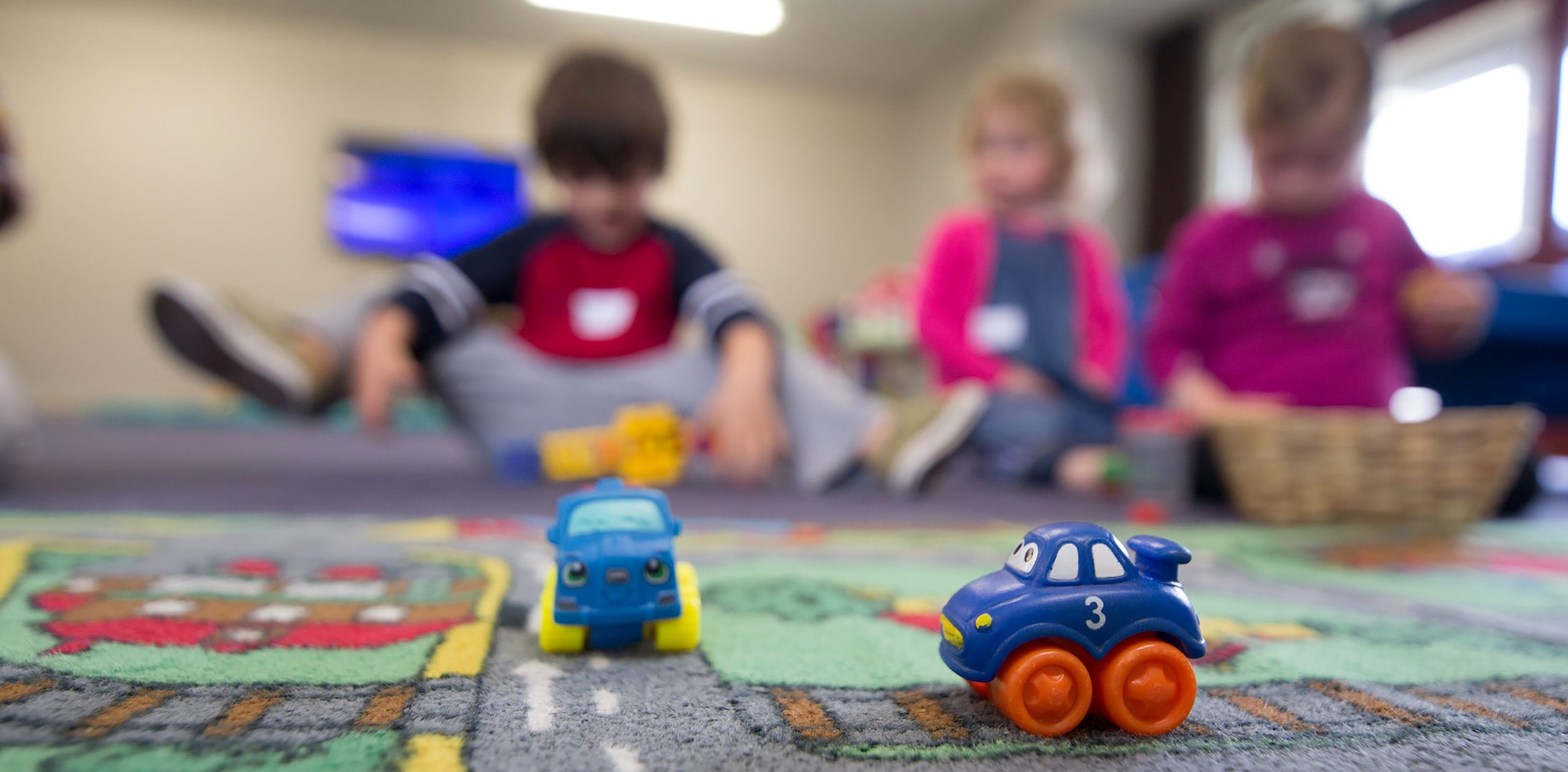
by rossanahead | Mar 14, 2011 | children, Education, woman
By Bubbles Salvador
My son is barely two and people have been asking me, “Where are you sending Luis to school next year?”
I remember very little about my preschool years but I do know that I was only in a kindergarten class before I went to first grade. I didn’t even attend nursery class like most of my classmates did. Although I didn’t graduate a cum laude from college, I think I’m okay.
So you understand the baffled look on my face when people would ask me that question. “But he’ll only be three!” I’d say. And then sometimes I would get these mortified looks that seem to say, “Que horror! You mean you’re not sending your son to playschool?”
I know of moms who sent their kids to school at two years old, and the kids are turning out to be brilliant. On the other hand, a guy I know only went to preparatory class before first grade, and he placed tenth in the medical board exams after college. I think the cliché “case to case basis” applies here.
So what will it be for Luis? The truth is, I don’t know. Yet. It seems horrible for a parent not to have any plans for her child’s education. But the question of whether we are sending him to playschool at three years old is something my husband and I are still mulling over.
There’s this mom I know who started home schooling her son when he was three, before she sent him to a regular preschool. I have to say that this is a tempting, not to mention a very inexpensive, option. I heard that the tuition fee in playschools could run up to a hundred thousand per year.
Oh, but lucky for us, we have one more year. How about we wait and see?
Photo by BBC Creative on Unsplash
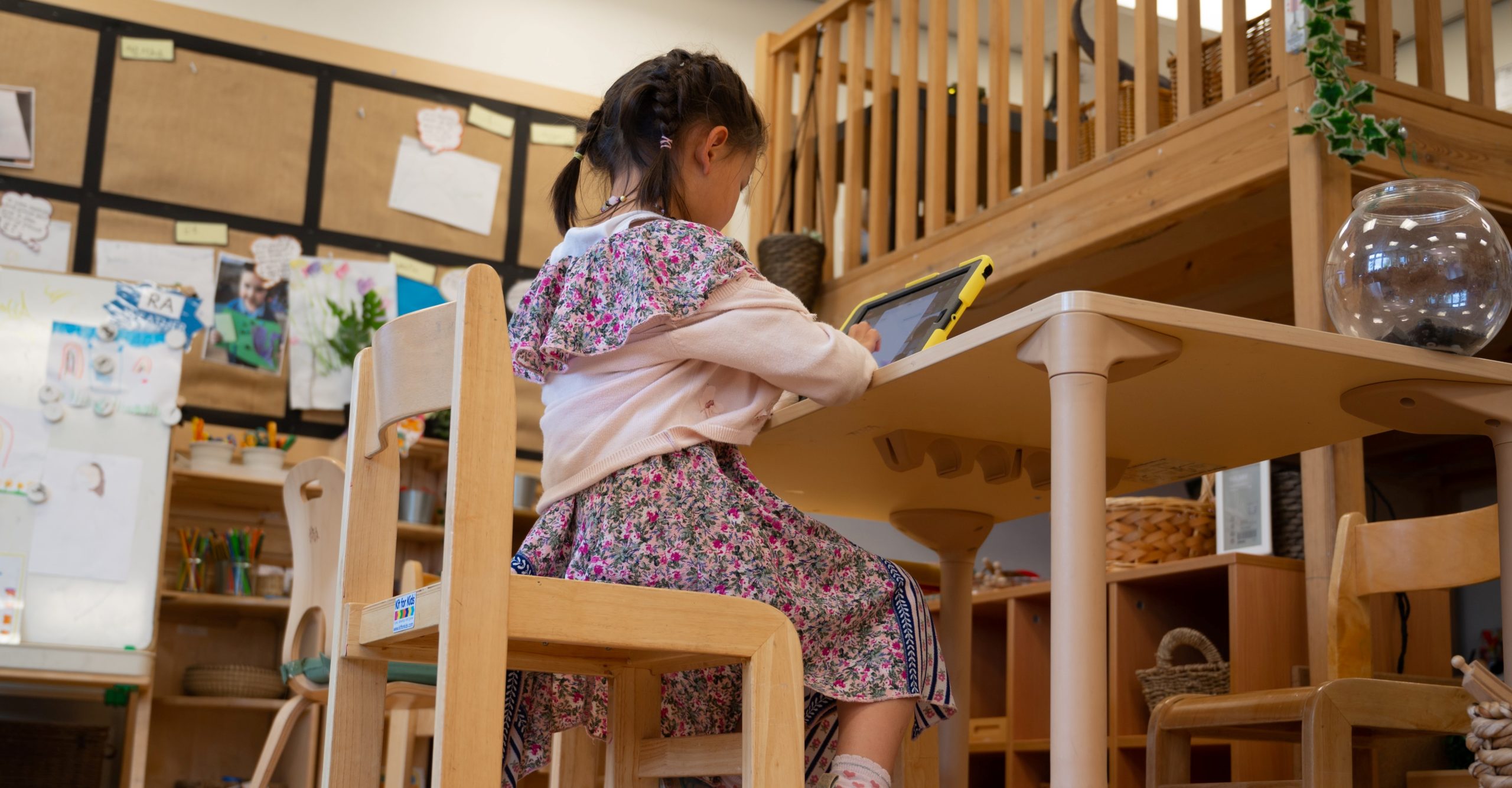
by rossanahead | Mar 13, 2011 | Education, Gina Abuyuan, parenting, woman
By Gina Abuyuan
Traditional or progressive schools—what’s best for your child?
I am obviously an advocate of the more “progressive” route. Some parents even call it “un-schooling.” My teen goes to a high school that focuses on junior entrepreneurship; my twins attend a blended schooling program that puts together the experience of classroom, online, and homeschooling. I don’t believe that rote memorization or rules to conform will make my children achieve their best potential.
However, progressive schools aren’t for all; depending on what you envision your child to be in the future, among others, he or she may just fit in a traditional school.
Consider:
- Your child’s personality. Many counselors, educators, and human resource experts usually refer to the Myers-Briggs Type Indicator assessment to determine what tasks or duties best fit individuals (it’s also got a version for pre-teens). Your child can be an extravert, intravert, sensing, intuitive, thinking, feeling, judging, or perceiving type. Extraverts like to talk and thrive in groups, which may make them shine better in bigger classes; intuitive types do well in environments that encourage original ways to solve problems (which is offered by non-trad schools). Kids who are “feeling” like to relate to other people and dislike teachers who are distant; judging types are organized who have no problem with defined tasks, which is clearly apparent in traditional environments.
- What matters to you? Traditional schools offer standardized tests to know your child’s educational standing. Kids are grouped by age and academic standing. Since traditional schools’ names are already established, they offer the appeal of more job opportunities later on. If you and your husband are of the type to value social connections, or acknowledge what “the old boy network” can offer, then traditional schools may just be for you.
- Your time. Progressive schools call for a lot of parent involvement. As I said in my previous post, I’m quite hands-on and take my kids out on self-imposed field trips to give them the experience that the classroom is beyond the four walls of whatever school building or institution. But I can do this because I work from home and my schedule is flexible. When I was working fulltime, I let the teachers do the teaching. Even when my daughter was going to a progressive school, I seldom sat down with her to discuss her lessons. I did go to school activities, but that was it.
- Your child’s cues. If you can see your child enjoying going to a traditional school, if he isn’t dragging his feet and complaining and making excuses not to go, then that means he’s happy and content. But, if he displays any extreme behavior—“ cannot cope in his current classroom setup…a highly populated school or one with conventional rules and regulations; is having academic performance difficulties; is disruptive or disorderly…; shows signs of emotional maladjustment such as anxiety, loss of sleep or loss of interest,” according to an article written by Karisma Kasilag for HIPP Magazine—it’s time to switch.
Good luck!
Photo by Andy Falconer on Unsplash






